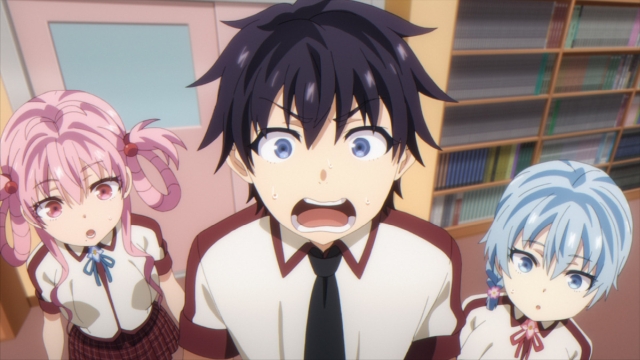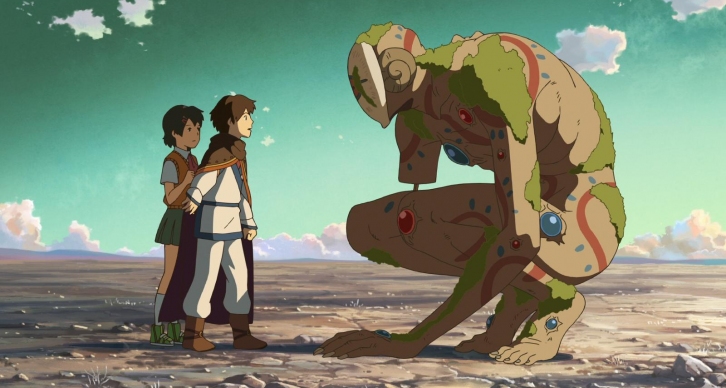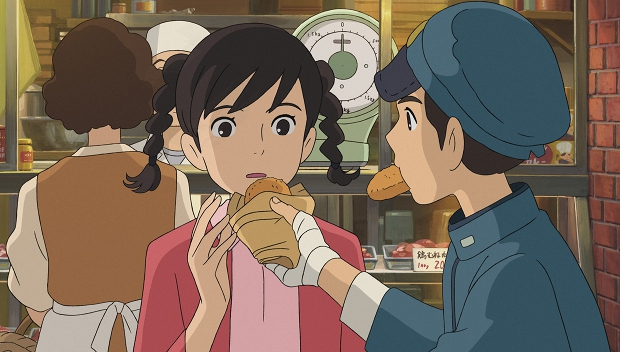Pansy vs. Cosmos vs. Himawari: Who Is the Best Girl in Oresuki?
In the realm of anime lovers, few titles stir as much conversation as “Oresuki: Are you the only one who loves me?” This romantic comedy series pits the main character, Joro, against a trio of captivating girls: Pansy, Cosmos, and Himawari. Each character brings her own unique charm, strengths, and quirks to the story, making the choice of who is the “best girl” a hotly debated topic among fans. In this blog, we’ll explore the distinctive qualities of each character, their relationships with Joro, and perhaps discover who truly is the best girl in Oresuki.
Pansy’s Passionate Personality
Pansy, known for her fiery spirit and strong-willed nature, is undoubtedly one of the standout characters in “Oresuki.” As Joro’s childhood friend, she carries a deep affection for him, but her competitive streak often leads to unpredictable situations. Pansy’s fierceness is matched only by her vulnerabilities, which add depth to her character. Her relationship with Joro oscillates between supportive friend and fierce rival as they navigate the complexities of adolescence and love. Fans appreciate her character arc that delves into her insecurities while still maintaining her strong persona. Many consider Pansy’s unwavering loyalty and determination as key traits that solidify her status as a significant contender for the title of best girl.
Cosmos: The Enigmatic Beauty
On the other side of the spectrum is Cosmos, the mysterious beauty with a soft-spoken demeanor. Her character is often perceived as an enigma, making her intriguing and complex. Although she shares a less direct connection with Joro compared to Pansy, her calm and composed nature draws him in like a moth to a flame. What makes Cosmos unique is her ability to navigate relationships while also sitting at the periphery of the chaos that unfolds within the story. As a character, her depth is explored through her interactions and gradual revelations, leaving viewers wanting to know more about her feelings and motivations. Her gentle presence contrasts with Pansy’s dynamism, making viewers question whether her quiet strength might be more appealing in the long run.
Himawari: The Effervescent Optimist
Lastly, we have Himawari, whose effervescent spirit and unwavering optimism shine brightly throughout “Oresuki.” Her bubbly personality and caring nature create an endearing connection with Joro, making her a source of comfort and joy amidst the tumultuous teenage experiences. Himawari’s ability to uplift those around her, paired with her determination to navigate her feelings for Joro, makes her a lovable character. Viewers see her as a refreshing breath of air, relishing in her warmth and positivity. However, it’s important to note that her character also faces poignant moments of self-doubt, adding complexity to her seemingly bright disposition. This layered portrayal invites fans to reflect on the importance of emotional resilience and authenticity in relationships.
Conclusion: Who Reigns Supreme?
As we dissect the intricacies of Pansy, Cosmos, and Himawari, it’s evident that each character offers a unique flavor to “Oresuki.” The question of who is the best girl remains subjective, largely influenced by personal preferences concerning traits such as loyalty, depth, and positivity. While some may favor Pansy’s fiery passion, others might be captivated by Cosmos’s mystery or find solace in Himawari’s cheerful demeanor. Additionally, engaging with the broader “Oresuki” community at the Oresuki shop provides fans the chance to express their opinions and discuss character dynamics endlessly. Ultimately, there’s no definitive answer to this question; rather, it is the discussion and debate surrounding these characters that enriches the viewing experience, making “Oresuki” a beloved topic among anime enthusiasts.





